
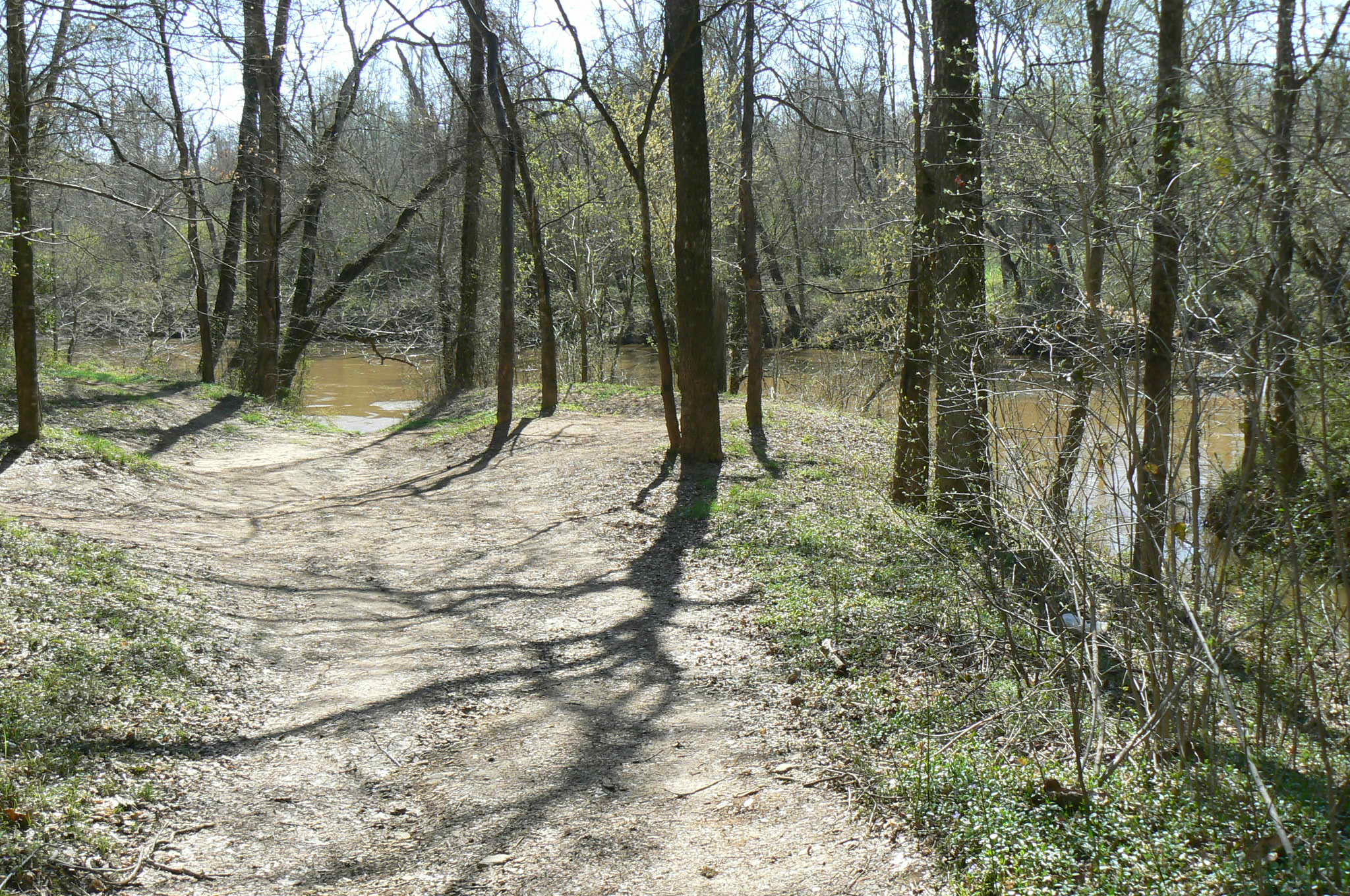
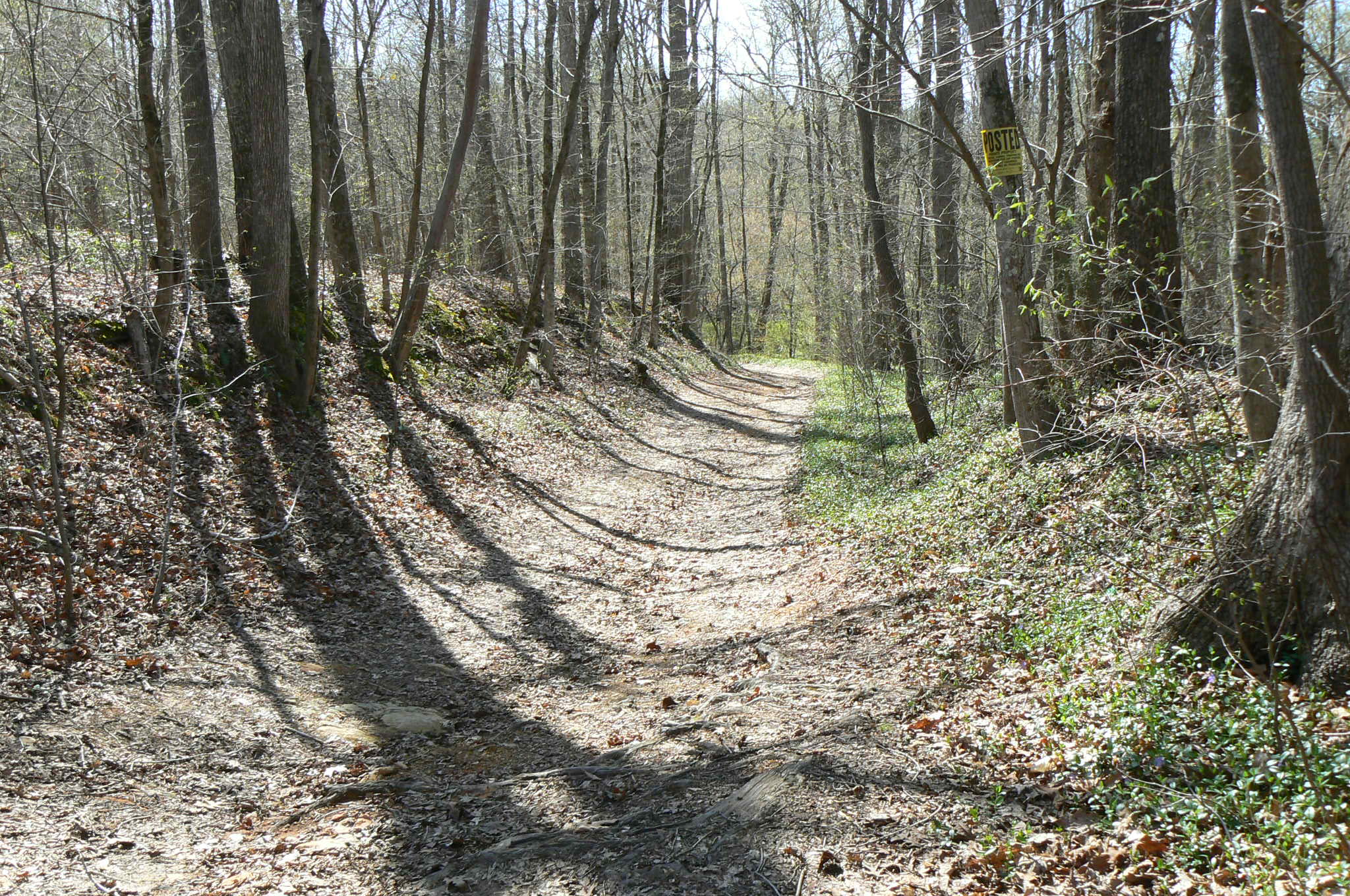
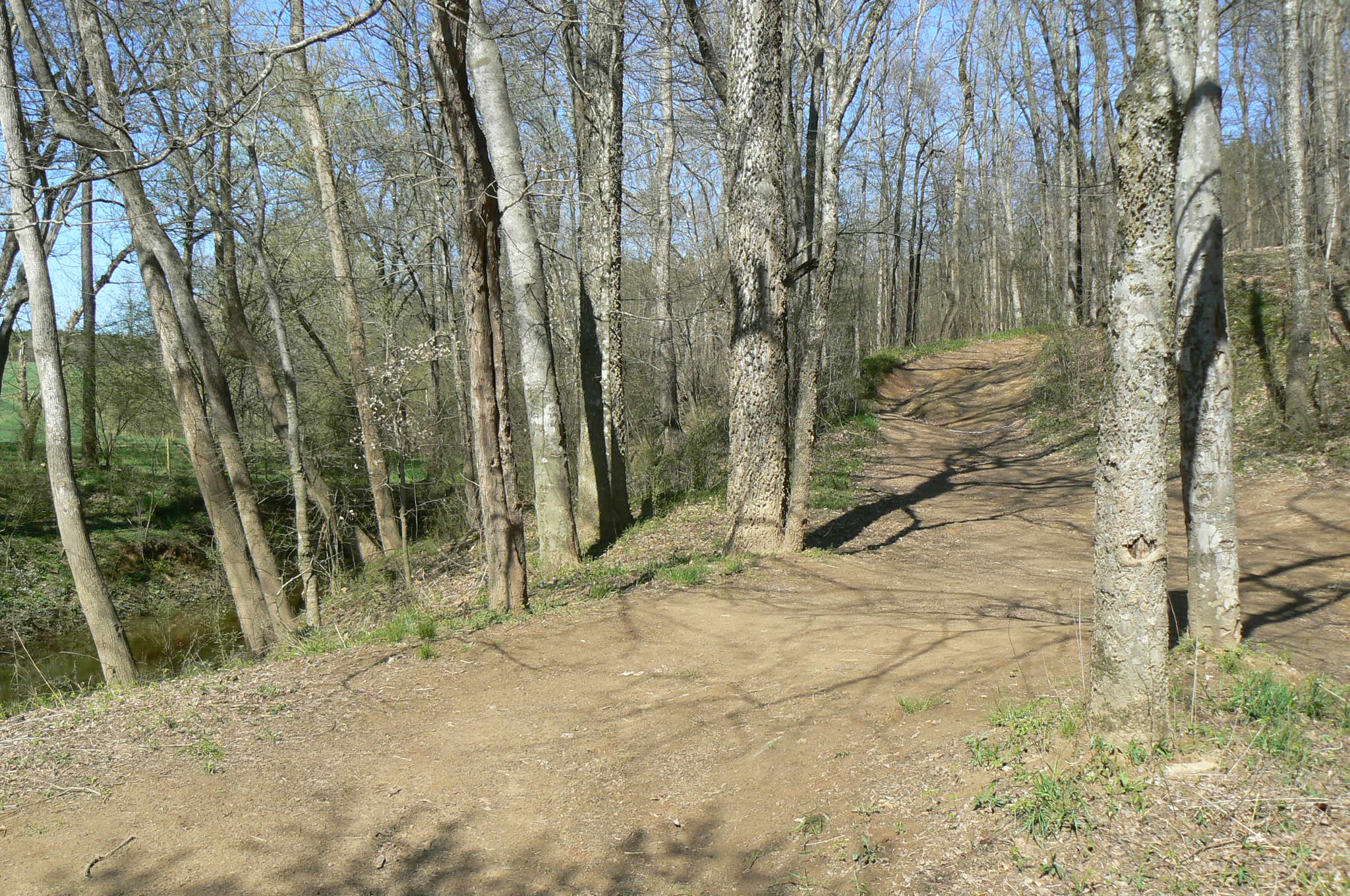
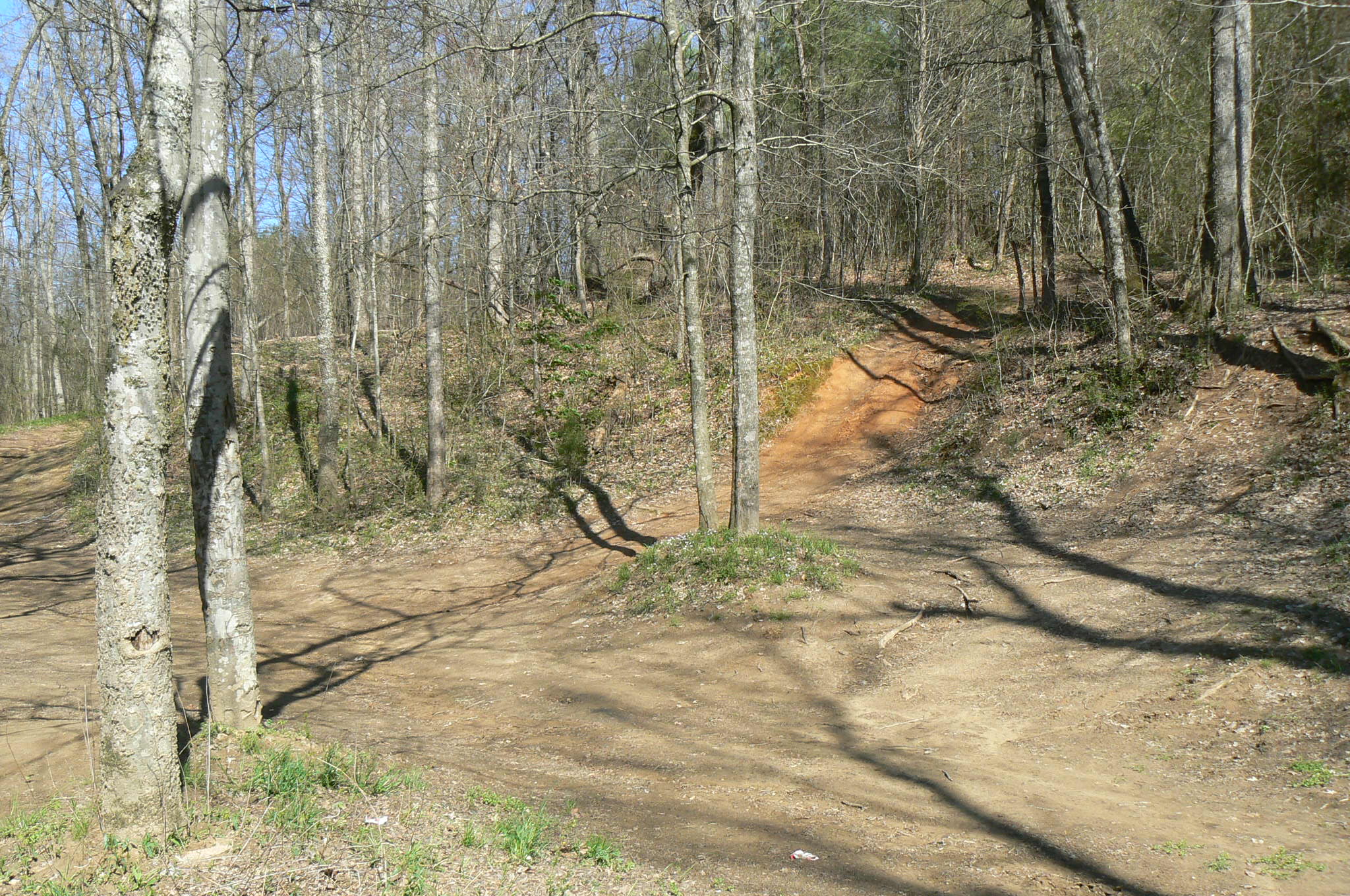
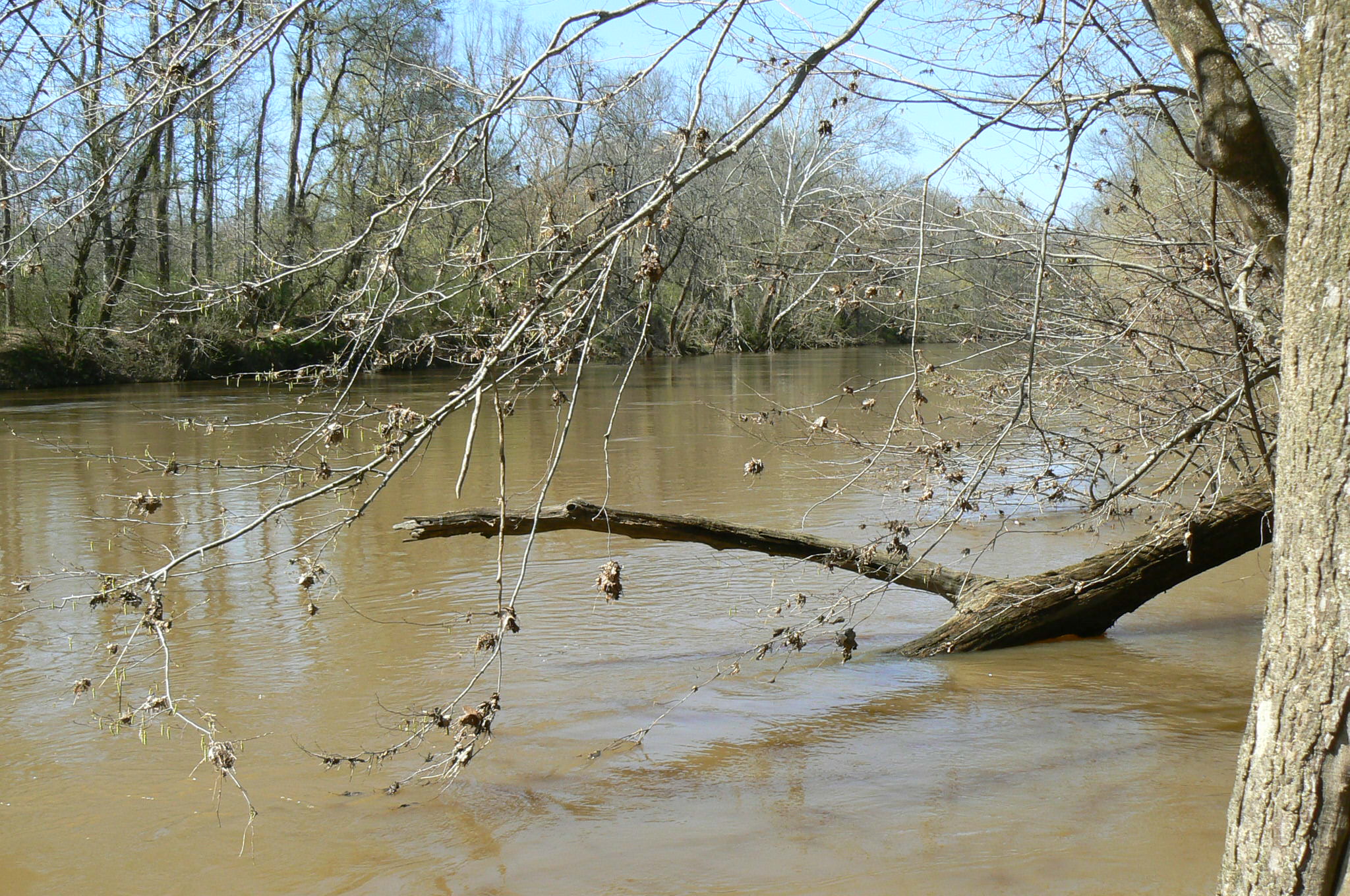
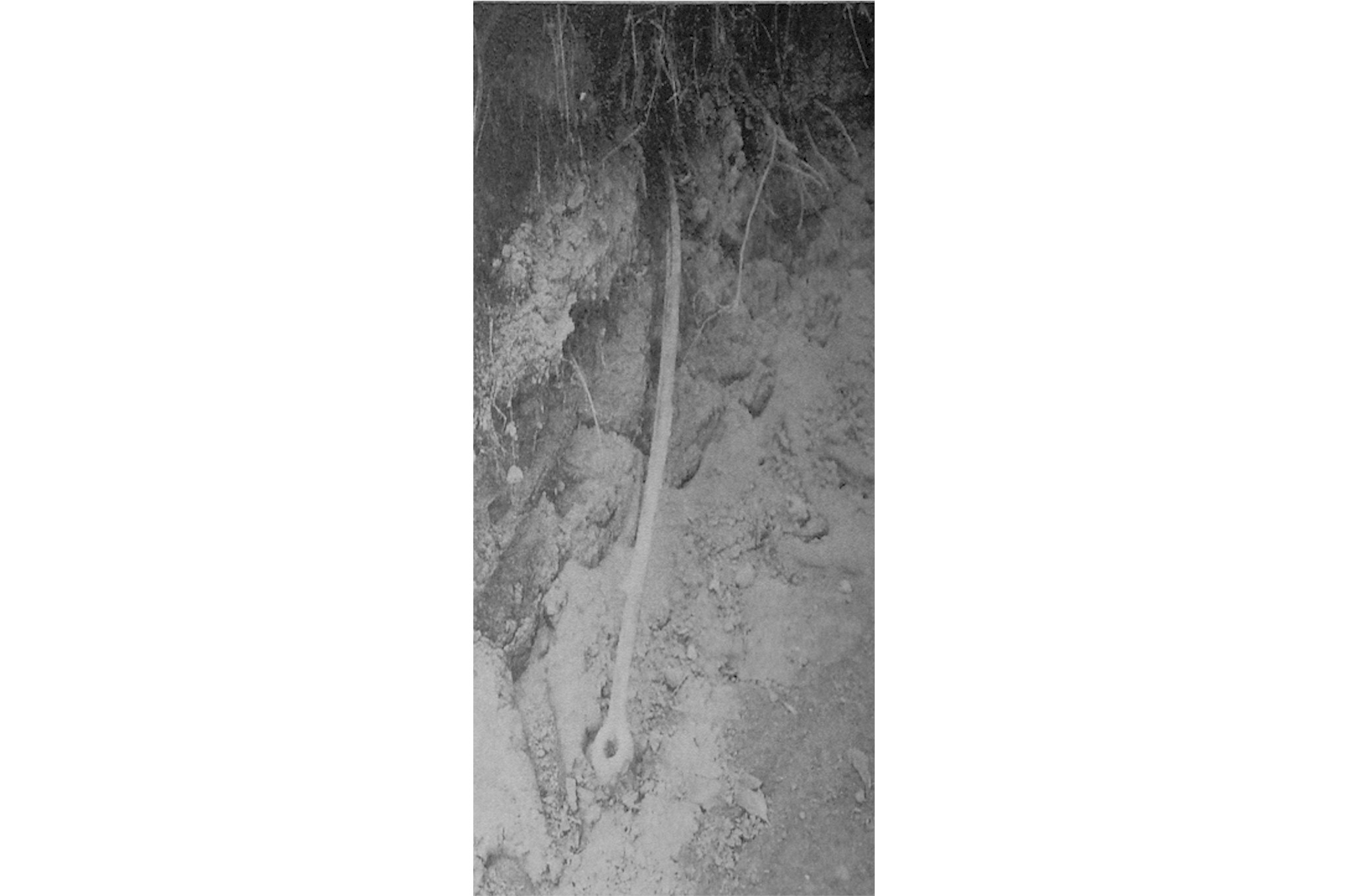
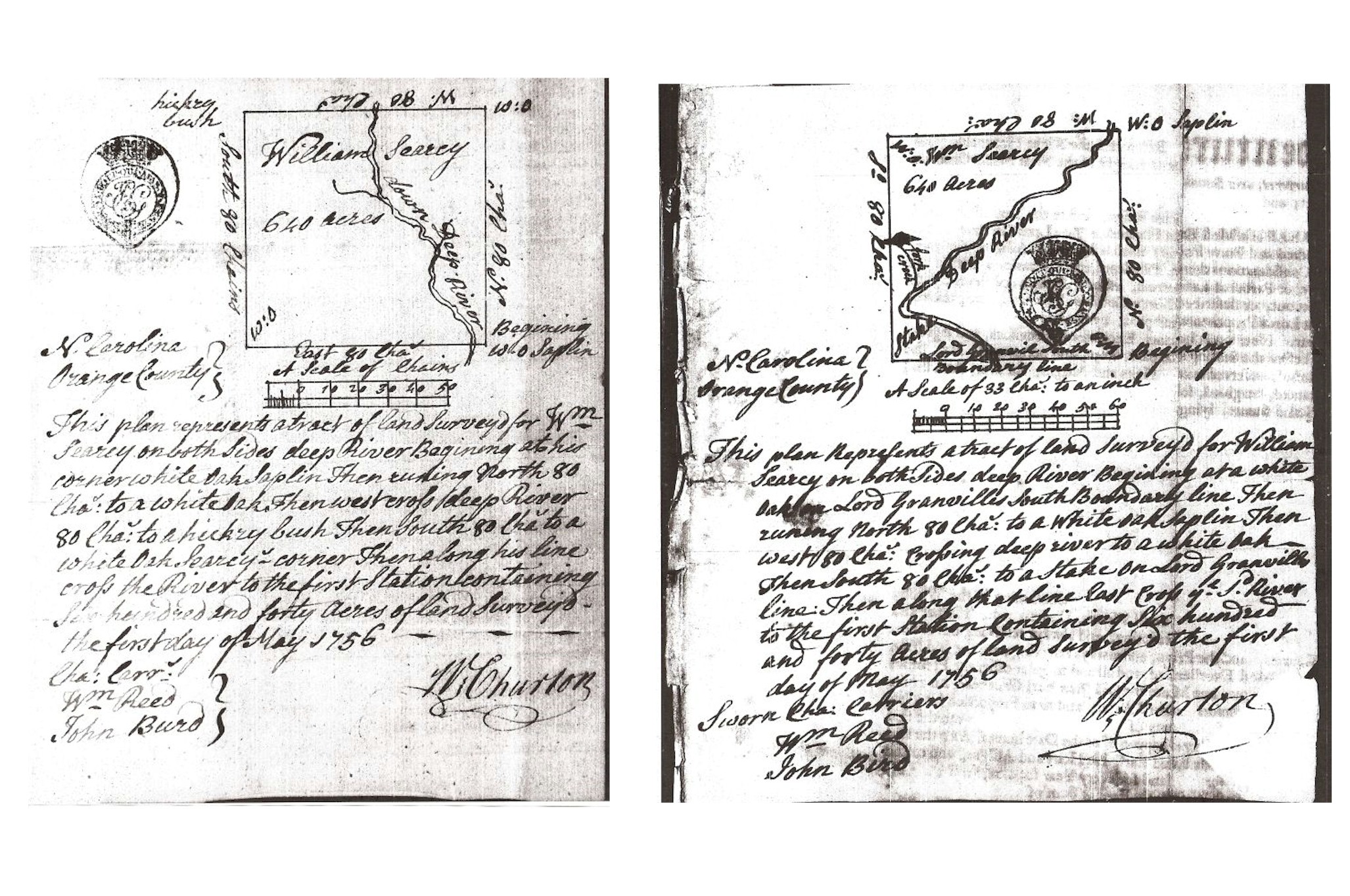
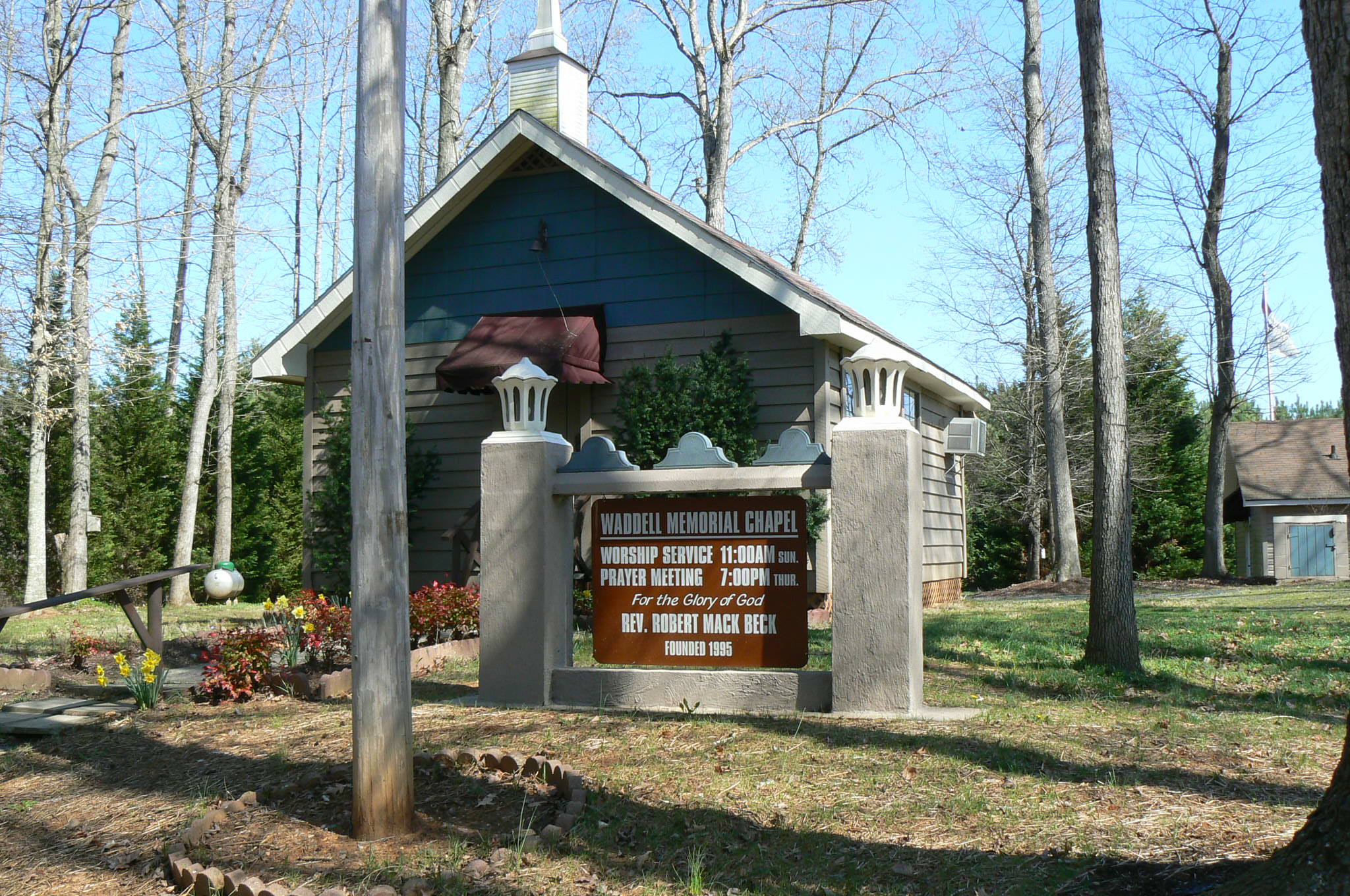
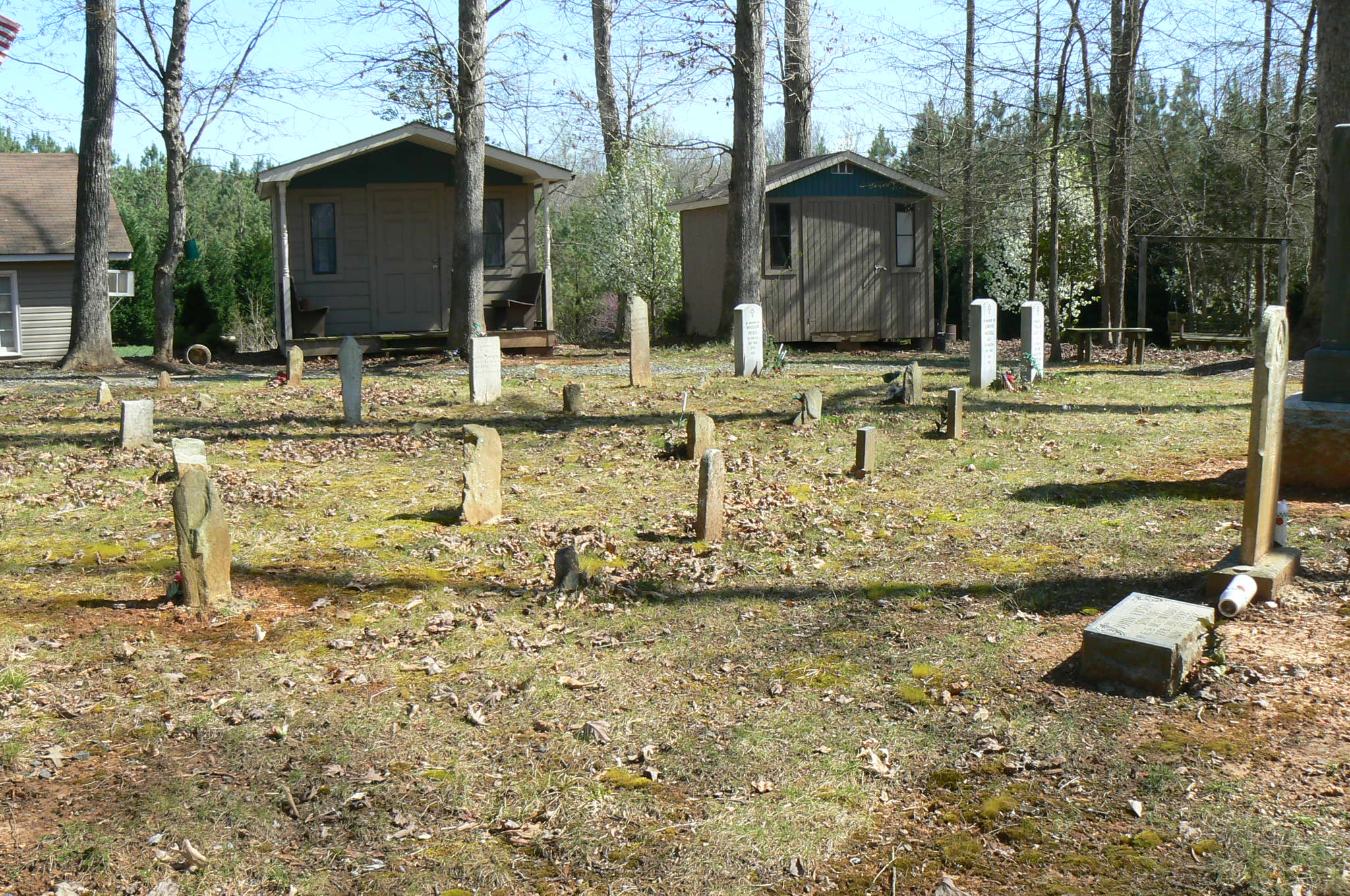
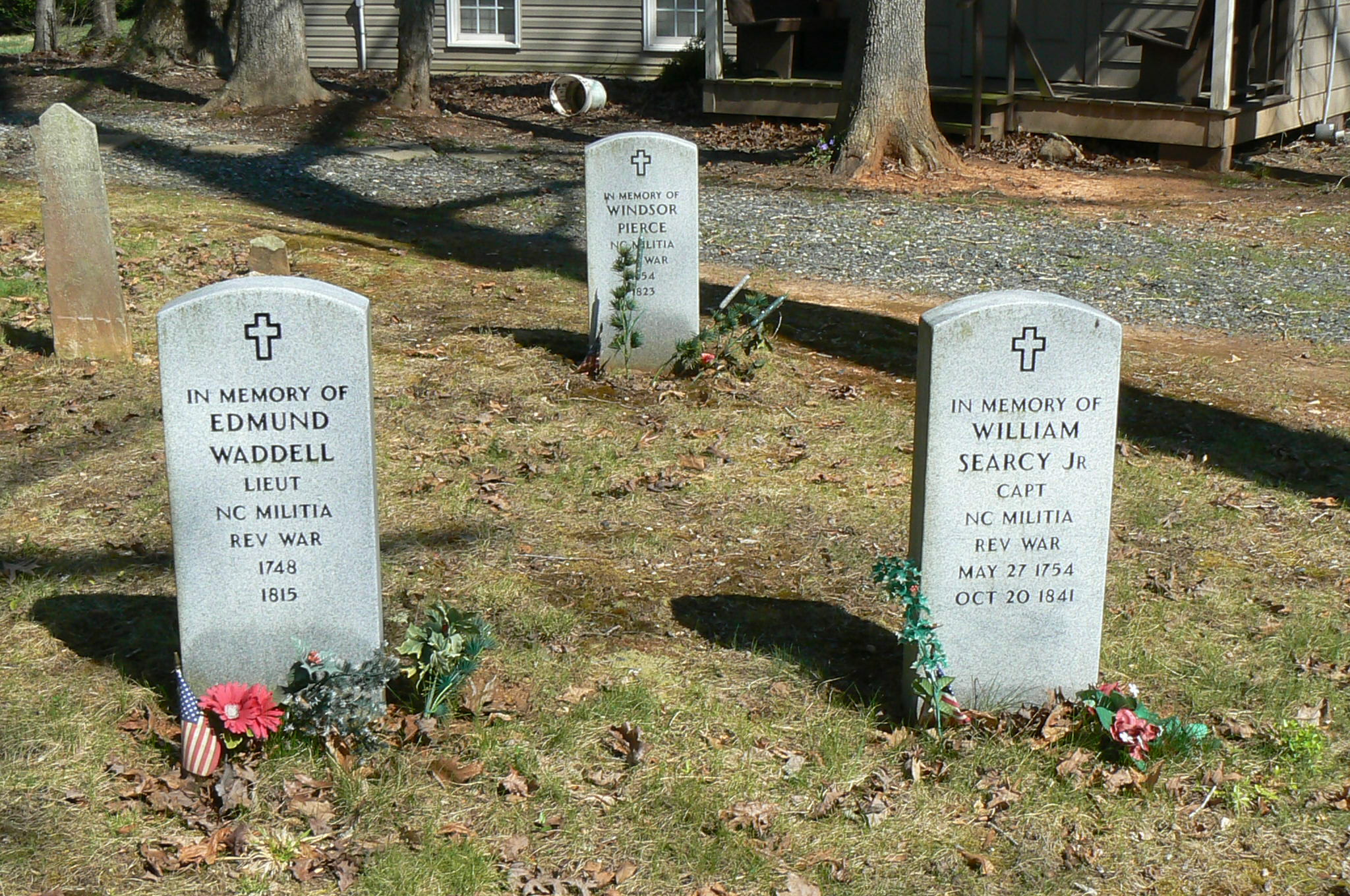
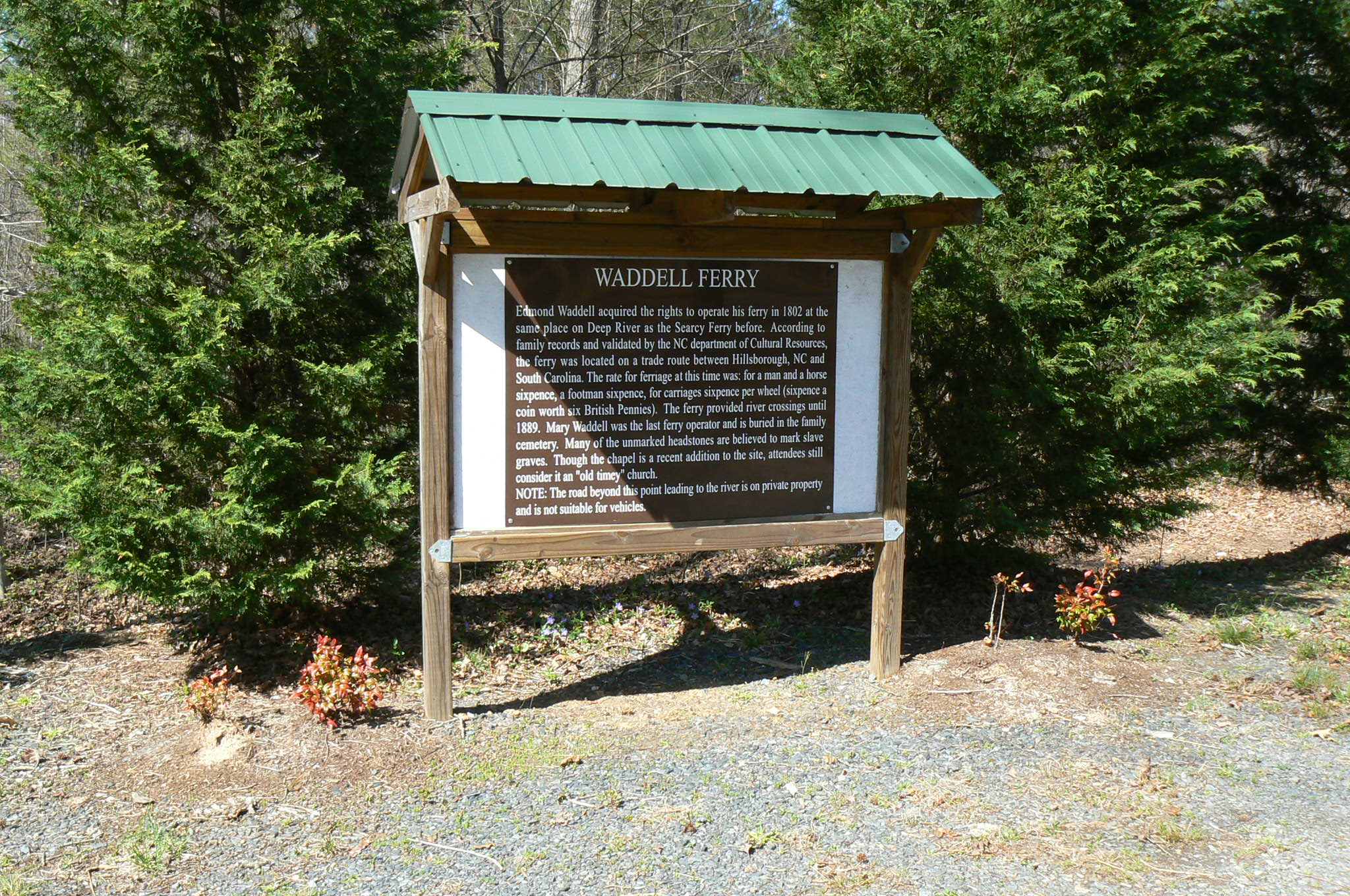
Read the Cultural Heritage Site Designation Report
Read the Cultural Heritage Site Designation Resolution
In May, 1756, two tracts of 640 acres each were surveyed for William Searcy on both sides of Deep River in what was then Orange County. The land, which was deeded to Searcy in 1761, included the familiar oxbow of Deep River in the lower southeast corner of present-day Randolph County. What has been termed a “canoe landing” became known as Searcy’s Ford, the lowest crossing point of Deep River in Randolph County and a vital colonial connection between Chatham Courthouse and points east to South Carolina. Searcy later operated a ferry there which was afterward purchased by Edmund Waddell. The importance of the crossing is illustrated in the fact that General Nathanael Greene’s Continental Army crossed there on its way to South Carolina after the Battle of Guilford Courthouse. The year before part of the North Carolina Whig Militia had crossed at Searcy’s Ford in an attempt to join General Horatio Gates before the disastrous Battle of Camden. Notorious Tory Colonel David Fanning often used the ford as an ambush point. Later, Colonel Elijah Isaacs’ Wilke’s County colonial militia regiment was sent to the area to quell the Tory uprising and rendezvoused at Searcy’s Ford, but was unable to capture the elusive Fanning.
On March 11, 1786, William Argo and his wife Kerrenhappuck sold 200 acres on Deep River to Edmond Waddle (sic), “being part of the survey taken up by William Searcey deceased.” It’s uncertain when William Searcy started his ferry, but in 1802, the Randolph Court of Pleas and Quarter Sessions ordered that “Edmond Waddle keep a Ferry at the same place where William Searcy did heretofore.” Waddell was a prominent Randolph County citizen. He was a delegate to the N.C. State House of Commons in 1787 and a State Senator from 1793-98. He was a delegate from Randolph to the 1788 Constitutional Convention and along with Zebedee Wood, voted against ratification. There was a post office at Waddell’s Ferry from 1821-33 and the name carried well into the 20th century. The ferry itself provided river crossings until 1889. Mary Waddell was the last ferry operator and is buried at the Waddell Cemetery.
The Waddell Memorial Chapel and Waddell Family Cemetery is located near the ferry site. Buried there, in addition to Mary Waddell, the last ferry operator, are Edmund Waddell, who was a lieutenant in Captain John Birdsong’s 1772 Militia Company, and Windsor Pearce, a footsoldier in Captain Charles Polks Company of N.C. Militia in 1776.
Related Sites:
Buffalo Ford
Col. Andrew Balfour Cemetery
Faith Rock
Harmon Cox Mill